The indoor air quality protects the occupants' health and increases the productivity and performance of the people working there. The CSTB mobilizes experimental resources and its expertise to provide the right solutions for the prevention and control of pollution in buildings. The objective is to identify the risk factors for people, including the most sensitive and vulnerable ones, and to take appropriate measures to limit risks.
Expertise
Observation and feedback in buildings
The CSTB has unique know-how about observation and feedback through its actions carried out as part of the Indoor Air Quality Observatory, or OQAI (OQAI). As an operator of the OQAI, the CSTB capitalizes on its expertise in the large-scale collection of data on pollution, the characteristics of buildings and how they are used. It develops in situ measurement protocols and questionnaires, builds databases and statistically exploits the data.
Tools and methods for sanitary surveillance and remediation of buildings
The CSTB offers innovative indoor air quality surveillance and diagnosis systems. It has equipment for the characterization of contaminants in connection with physicochemical pollution (radon, volatile and semi-volatile organic compounds and nanoparticles), and microbiological pollution (molds, viruses and bacteria). The Institute also develops technological solutions for lowering exposure to pollutants, through efficiency and safety studies of practices and systems, and by optimizing strategies for integration into built-up spaces.
On this basis, it develops the following services:
- support for setting up systems for monitoring the quality of indoor air in buildings: chemical compounds (air and dust), particles;
- detection and monitoring of mold in premises;
- screening for and characterization of pollutant emission sources in enclosed spaces;
- assessment of the sanitary quality of materials, products and systems in buildings;
- analysis of ventilation conditions;
- analysis of the transfer of pollutants between the ground and the building (radon, polluted soils);
- remediation solutions for indoor air quality;
- support for developing and assessing technological solutions for air cleaning and microbiological decontamination.
Resources
Experimental spaces, from the laboratory to full scale:
- Automated House for Innovative Air Research (MARIA): real-size house outfitted with different modular and ventilation systems, instrumented to simulate human presence;
- POLLEM Laboratory: measuring the chemical pollutants in indoor air, sanitary characterization of products;
- Indoor Environment Microbiology Laboratory (LMEI); Applied virology unit, ASTERIA platform (full-scale studies), Aérobiotest (qualification of bio-aerosol measurement devices), mobile microbiology laboratory, Legionella unit, “one-pass” bench for studying the efficiency of decontamination systems;
- On-site metrology laboratory (MATEI): research on tools for on-site data collection and metrological monitoring of measurement equipment.

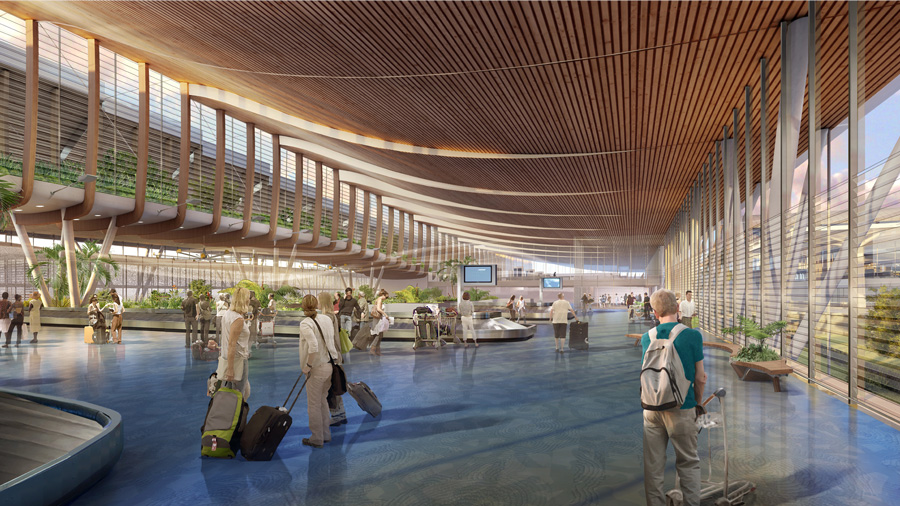
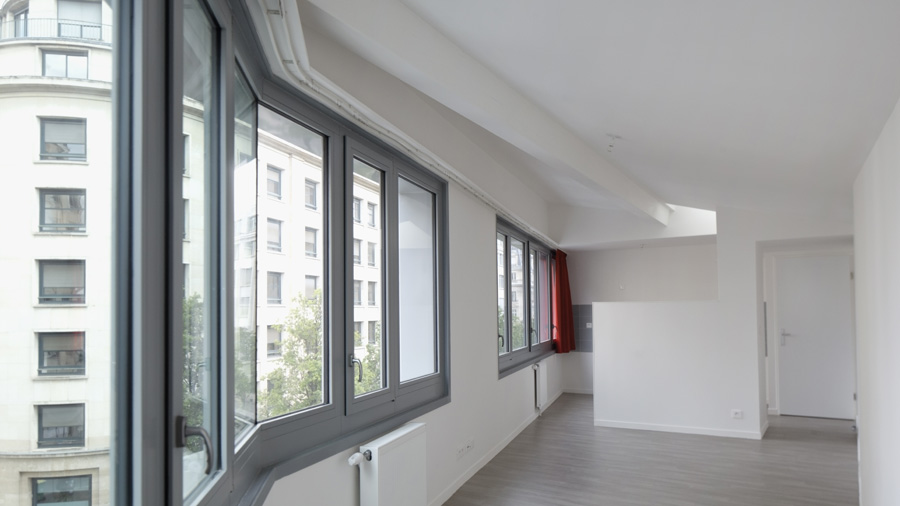

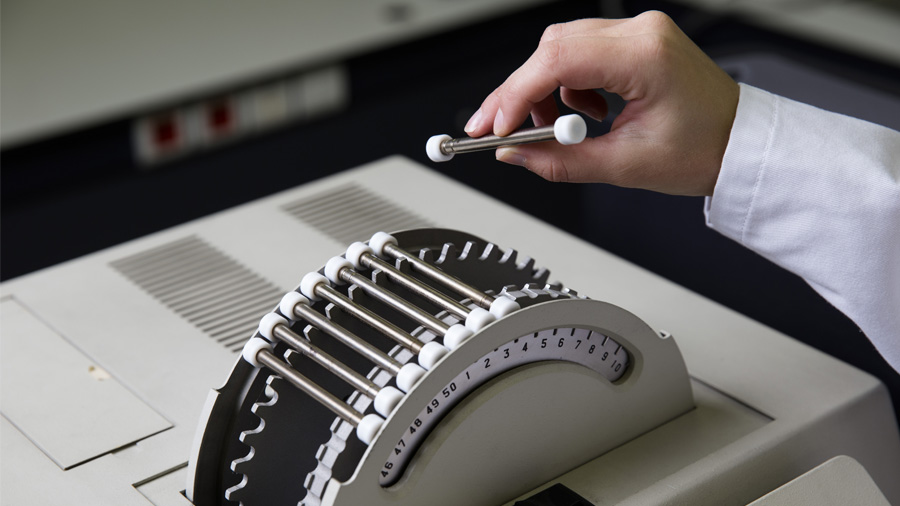
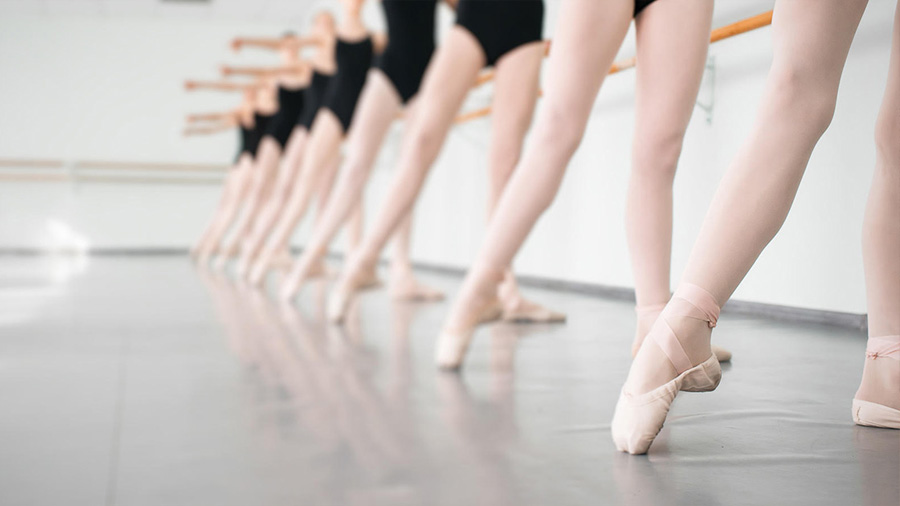
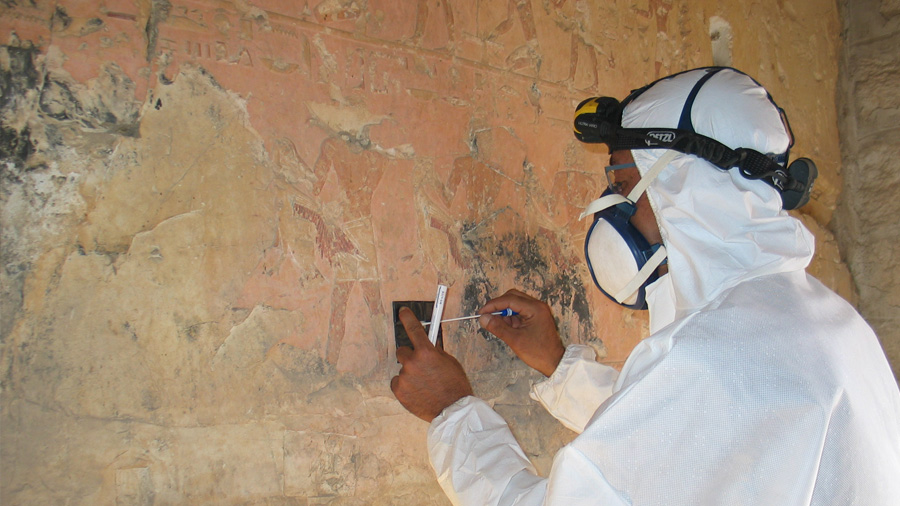
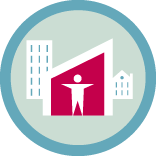 Health & Comfort
Health & Comfort